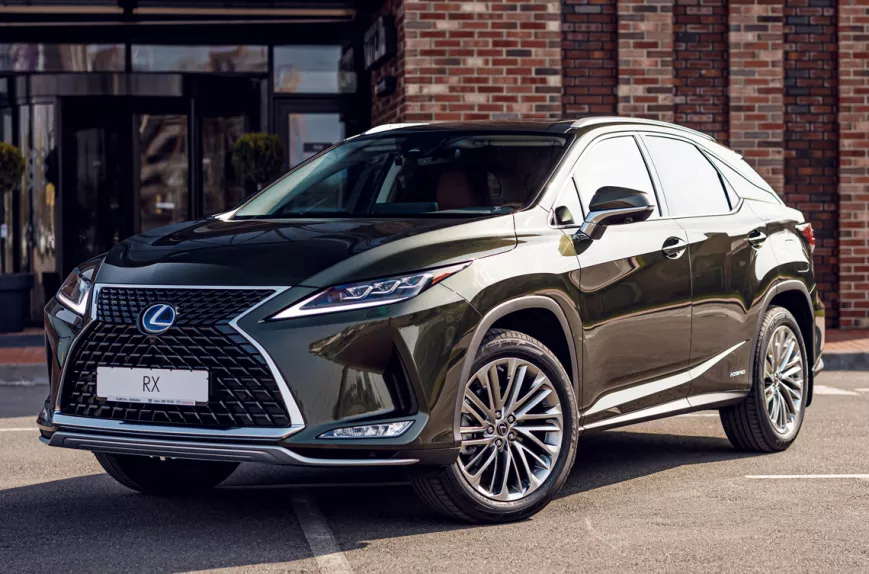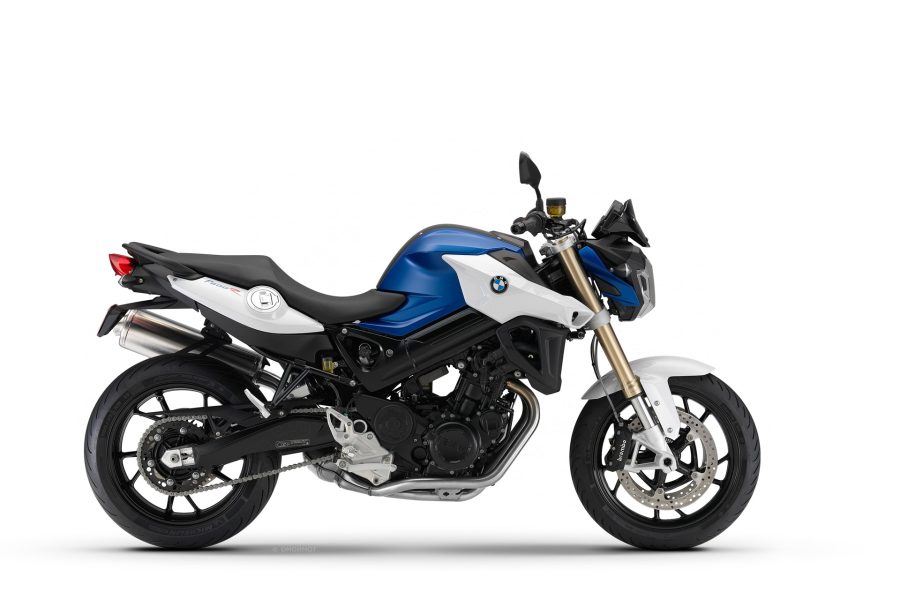
Test drive Lexus RX 450h
When Lexus also officially introduced itself to the European market, it was no longer a newcomer; He was well received by the Americans and has a good voice everywhere. Here connoisseurs immediately accepted his good image, while others are slowly "warming up".
It just so happens that the RX series has become the most recognizable in Europe, although Toyota, sorry, Lexus, may not have planned exactly that. But nothing serious, or maybe even better: the RX has moved radically, though not directly with sales data, into the big luxury SUV class. And of all, the hybrid version proved to be the best: up to 95 percent of Erics sold in Europe are hybrid!
The new release of the Ericks hybrid showed (perhaps unintentionally) how fast cutting-edge technology is aging; only four years have passed since the presentation of 400h, and here already 450h, boldly improved in all elements.
With new cars, the easiest place to start is on the platform. This new one compared to the previous one (and all comparisons will refer to the previous 400h!) In the crotch is two centimeters longer and it has grown in all directions. The engine was slightly lowered (the center of gravity is lower!), And the larger (now 19-inch) wheels were placed closer to each other.
The front wheels are connected to a well-machined previous axle, including a thicker sway bar, while the rears have an all-new, also lighter and less space-demanding (trunk 15cm wider!) axle with multiple guides. Also recently developed is a new pneumatic shock absorber with four belly height positions and with the possibility of lowering also with a button in the boot – to facilitate loading into the nearly 500-litre boot.
You can also pay extra for active stabilizers, which have a brushless electric motor in the middle, which, by turning the corresponding side, affects almost 40 percent less slope in the corners where the centrifugal force is 0, the gravitational constant. The whole point, of course, is in the electronics, as well as in the air suspension. Mention should also be made of the straighter electric power steering and more responsive character in this chapter.
This brings us to what we can truly call the heart of this car: the hybrid drive. The basic design remains the same (gasoline engine and electric motor for the front wheels, an additional electric motor for the rear wheels), but each of its components has been modified.
The petrol V6 now operates on the Atkinson principle (extended intake cycle, hence "delayed" compression, hence reduced intake and exhaust losses and therefore lower exhaust gas temperatures), cools exhaust gas recirculation (EGR) and heats up cold coolant engine using exhaust gases.
Both electric motors are the same as before but have higher constant torque due to improved cooling. The heart of this heart is the control unit of the propulsion system, which is now eight kilograms (now 22) lighter.
The drivetrain is basically the same, but improved again: reduced internal friction, improved dual flywheel, and the drivetrain is controlled by artificial intelligence that, among other things, determines whether the car is going uphill or downhill. Even batteries with smaller external dimensions, lighter and better cooled, have not escaped improvements.
The RX 450h is a true hybrid as it can run on petrol only, electricity only or both at the same time and when the gas is taken away it can bring back some otherwise wasted energy. However, three new modes have been added: Eco (more intense control over gas transmission and limited operation of the air conditioning), EV (manual activation of the electric drive, but only up to 40 kilometers per hour and a maximum of three kilometers) and snow (better grip on snow).
Perhaps more than the exterior and interior, which is different from the 400h, other innovations and improvements are important for the driver (and passengers). Noise and vibration are even quieter than before thanks to improvements to the smallest interior details, and the cabin has two new additions.
The head-up screen (Head Up Display) with the most important data is new for RX (symbols are white) and the solution for controlling the secondary devices is completely new. These include navigation (40 gigabytes of disk space, all of Europe), audio system, air conditioning, telephone and settings, and the driver or co-driver controls them using a multitasking device that looks and works very much like a computer mouse.
The case, a bit reminiscent of iDrive, is ergonomic and intuitive. In the gauges, instead of a tachometer, there is a hybrid system indicator showing energy consumption (the classic but redesigned detailed display can be called by the driver to the center screen), and among the gauges there is a multi-function screen. is controlled by the driver from the multifunctional (ha!) Also new) steering wheel.
Even an electric air conditioner, when we are near, is now more economical and quieter. However, the audio system can be louder, which in the most expensive version (Mark Levinson) can have up to 15 speakers. And when parking, two cameras are better controlled: one in the rear and one in the right outside mirror.
At the same time, like ten standard airbags, upgraded ESP, standard inner leather in two versions, more internal increment than external (by the way: 450h is one centimeter longer, four wider and 1 and higher), even reduced slots for body hinges and an enviable air resistance coefficient (5, 0) in the form of dry listing of facts.
And all of this is clear: the RX 450h is still – at least in terms of powertrain – a technical gem. Other than that, he's not far behind either. You can also say: two tons of equipment.
But whether someone really needs it (this technique) is another question. The easiest way to help you with this is the fact that the 450h is 10 percent more powerful and at the same time 23 percent more economical than its predecessor. No?
Model: Lexus RX 450h
maximum total drive power kW (hp) at 1 / min: 220 (299) no data
engine (design): 6-cylinder, H 60 °
offset (cm?): 3.456
maximum power (kW / hp at 1 / min): 183 (249) at 6.000
maximum torque (Nm at 1 / min): 317 at 4.800
maximum power of the front electric motor kW (hp) at 1 / min: 123 (167) at 4.500
maximum torque of the front electric motor (Nm) at 1 / min: 335 from 0 to 1.500
maximum power of the rear electric motor kW (hp) at 1 / min: 50 (86) at 4.600
maximum torque of the rear electric motor (Nm) at 1 / min: 139 from 0 to 650
gearbox, drive: Planetary variator (6), E-4WD
front to: auxiliary frame, individual suspensions, leaf spring struts, triangular crossbars,
stabilizer (for an extra charge: air suspension and active.
stabilizer)
last by: auxiliary frame, axle with double triangular cross-rails and longitudinal
guide, screw springs, telescopic shock absorbers, stabilizer (for
surcharge: air suspension and active stabilizer)
wheelbase (mm): 2.740
length × width × height (mm): 4.770 × 1.885 × 1.685 (1.720 with roof racks)
trunk (l): 496 / no data
Curb weight (kg): 2.110
maximum speed (km / h): 200
acceleration 0-100 km / h (s): 7, 8
Combined ECE fuel consumption (l / 100 km): 6, 3
Vinko Kernc, photo: Vinko Kernc

